Angelfish care guide for beginners
Freshwater Angelfish is one of the most popular tropical aquarium fish in freshwater aquariums. Most of aquarium keepers love their unique looks and shapes. Once you have Angelfish care tips, it’s easy to care for them.
Angelfish can find in freshwater and as well as in saltwater (marine aquariums). Here in this article, will give some care tips about freshwater Angelfish.
These fish also have different varieties. Each of them has its unique beauty. Angelfish is also a good tank mate for most of the other freshwater fish.
What makes Angelfish special?
This fish is an excellent freshwater fish for your home aquarium. It’s not hard to care for them. Once you give them a proper environment, they will enjoy being in your tank.
The proper pH level of water, the required water temperature and other water parameters, perfect tank mates, and a healthy diet will make their life easier in a fish tank.
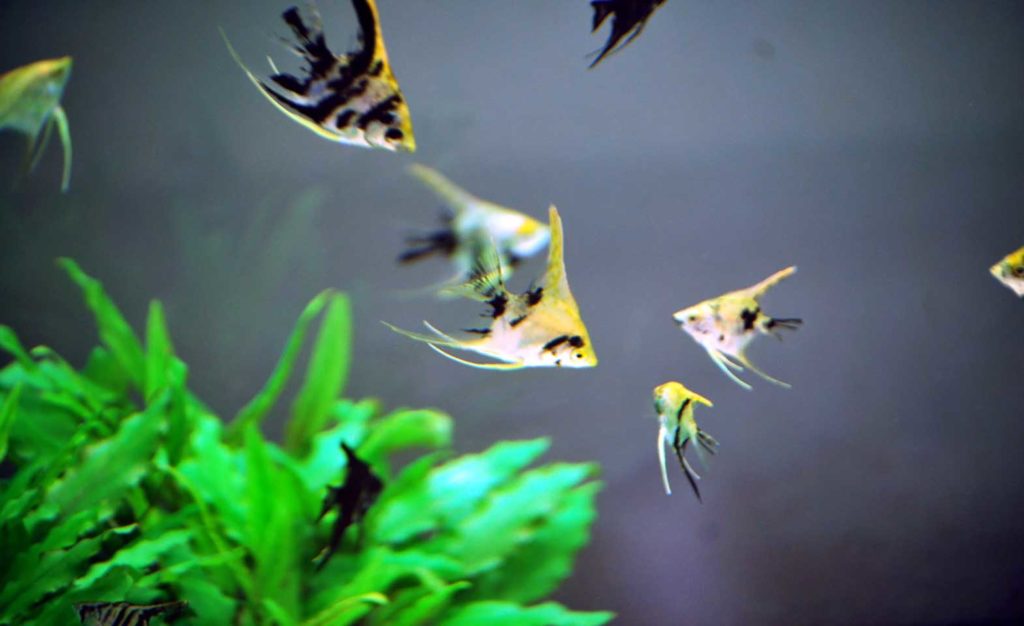
You can find them in many varieties. These fish always look lovely and they are not much expensive.
Most of the popular varieties of freshwater Angelfish if easily can find in most countries and most aquarium shops for a fair price.
Angelfish have a good lifespan, like ten years. You just need to give them the required conditions So they will be a good pet for you.
The fish is a good tank mate for most of the other fish. Popular freshwater fish like platies, Corydoras catfish, Common Plecons, Rams, Kuhli Loach, and mollies are best with them.
Basic facts about Angelfish and Angelfish care
This fish is a fish from the cichlid family. So the Angelfish is not a real Angelfish. They are one type of cichlid.
Angelfish belong to South America in the Amazon River area. They are mostly found in nature in slow-moving water.
Their look, Fins, and shape make them look like Angelfish. In freshwater, this is the Angelfish we have for our tanks.
Angelfish is semi-aggressive. They live peacefully most of the time but sometimes, with some fish types, they can get a little bit aggressive.
Even though this fish is semi-aggressive, They are not that much harmful.
The lifespan of this fish is about ten years. They need a minimum 20-gallon aquarium to live. Once you increase the number of fish, you must also increase the tank size.
This fish can grow up to 6 inches. This size also can differ with different varieties and by their lifestyle.
As for tankmates, you can easily choose the same-sized and peaceful fish types for them. I have noted a few tank mates in the above paragraph.
You can also add Kribensis Cichlid, Cherry Barbs, Bristlenos Pleco, Yoyo Loach, Tetras, and Aquarium Snails as the tank mates for Angelfish.
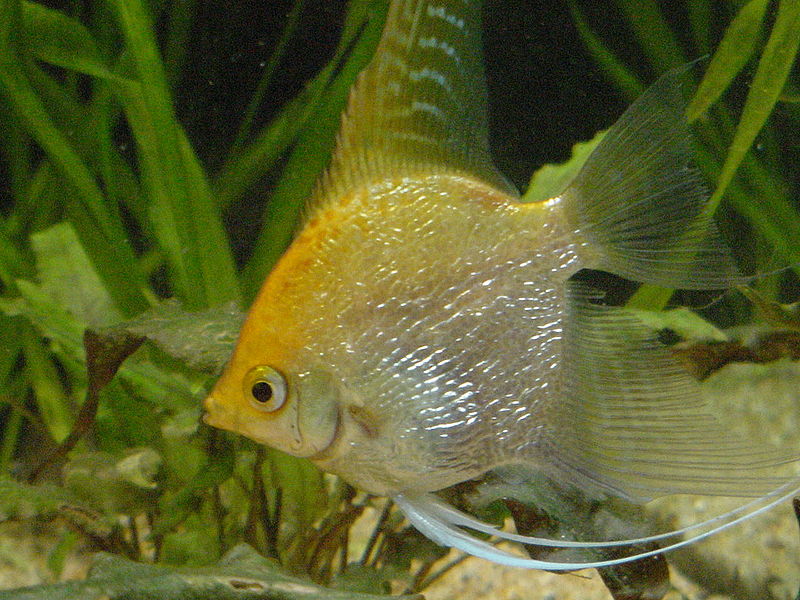
How to care for Angelfish?
Now the primary purpose of this post. That is talking about the care tips for your Freshwater Angelfish. I will write about important care tips by separating them into topics.
Fish tank setup
Freshwater Angelfish should be kept between 75 and 82°F water. The pH count of the fish tank water needs to be at 6.8 and 7.8, with hardness between 3° and 8° dKH.
Angelfish like to dig to find food. So it is a good idea to have a soft substrate at the bottom of your fish tank. That will make them happy.
When considering the tank size, a pair of freshwater Angelfish is required at least a 20-gallon size of fish tank. More you add tank needs to be bigger.
They are living in slow-moving water places in nature. So your tank also does not need to have fast-moving water flows. As they like slow water flows.
You can add plants to your Angelfish tank since the Angelfish can be kept pretty well in a planted tank.
For the pants, several aquarium plants are best for freshwater Angelfish. You can add Amazon sword Pants, Java moss, and Anacharis for the best.
The next most important thing is the tank mates, I have explained about the tank mates for angelfish under the “Basic facts of the Angelfish.”
Also, Angelfish needs to have better light for the tank. It is ideal for adding 8 to 12 hours of light per day. You can use an aquarium light for that.
Angelfish Food and diet
Giving the best food makes your Angelfish reach their Maximum Potential. So the food is always an important factor to consider.
As we know, and as I mentioned before, this cichlid is taking an Omnivore diet. They do not need any special food of live-feeding stuff.
The Omnivore diets contain nutrients from both animals and plants. It includes various fish food sources like algae and fungi and other nutrients.
Plant-based food is one of the best choices for them. In real nature and the wild, they are mostly looking for worms and small crustaceans as their food.
You can also feed them Dried blood worms, Tropical flakes, and Beefheart flakes. Regular fish food also works with them.
You can easily find those food items from your local aquarium market since they are widespread.
It’s not hard to feed them as they accept most commercial foods. But giving them better nutrition is our responsibility.
Common Angelfish diseases
There are several common diseases that Freshwater Angelfish can get. Having a better idea about the disease will be easy to care for them
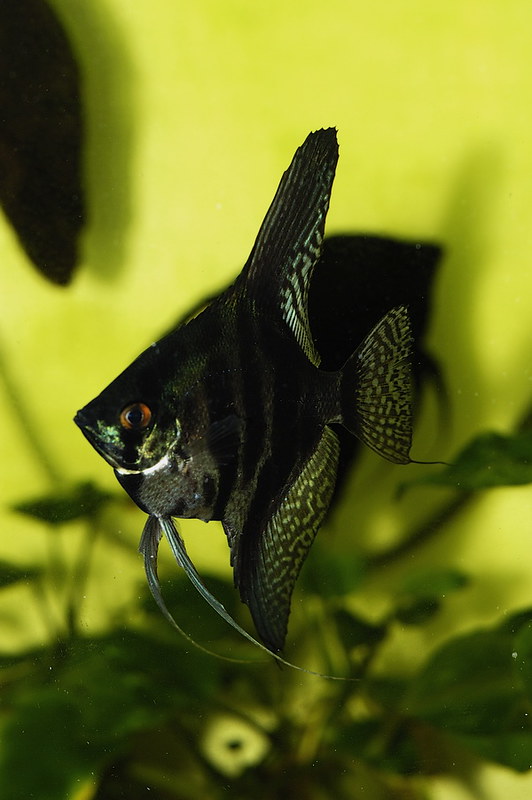
Angelfish Ich
This is one type of common disease for freshwater Angelfish. This is also known as White Spot Disease. You can see tiny white dots on their body when they do this.
The sudden water changes, water parameters changes, and also stress for fish can cause this common disease. So you should make sure to keep the water parameters.
Also, bad conditions of water and bad tank environments can be a course of this disease. This is serious so immediate medical support is required.
You can apply Anti-parasitic medication, Add salt to the water (for some level), and increase the water temperature to 86°F will be the home treatment for this.
Angelfish Dropsy
Bacterium infection will be a course to the Angelfish Dropsy. This disease can harm their kidney functions.
Symptoms of this disease can identify it by rapid gill breathing, loss of appetite, bloated appearance, and protruding eyes will get.
Don’t wait till it got to an advanced stage. It has a higher chance of harming the life of your fish.
Adding antibacterial medicine to the tank and their foods, operating sick fish can control this disease.
Gold Dust Disease
This is another very common disease for the Angelfish. When they face the Gold Dust Disease, you can see their body is coated in gold.
Also, as other symptoms, you can identify these diseases by their keep fins at the side, loss of appetite, and green or brown coated body.
This disease can lead to the death of your Angelfish. So immediate treatment requires.
You must Quarantine your fish in a separate tank. The temperature is needed to raise to 82-86°F. You should add aquarium salt to the tank. You also can add methylene blue, and copper sulfate to the tank.
conclusion
This is the last part of this post. I wrote this post to talk about freshwater Angelfish and share some useful care tips about them.
I guess if you are a beginner or if you are someone that interest to keep Angelfish in your freshwater aquariums, this article might help you.
If you feel it helpful, please share this with your friends and put your thoughts as a comment using the comment box below.

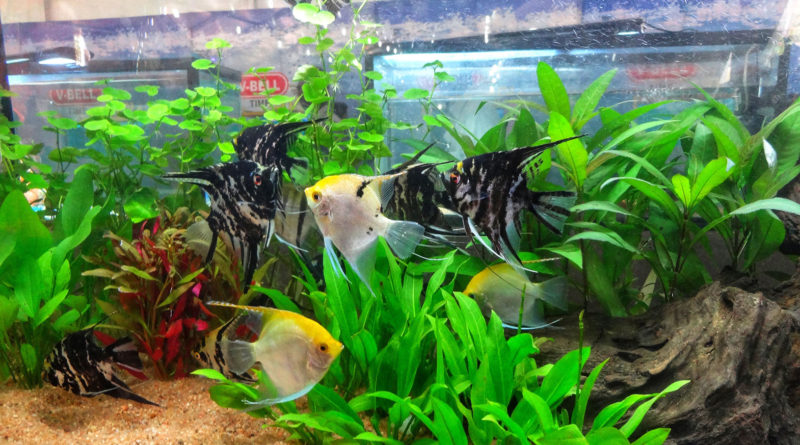
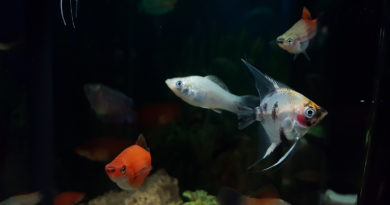
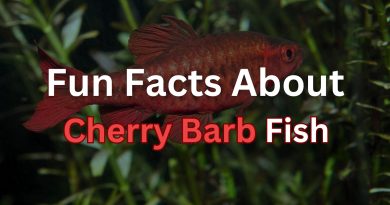
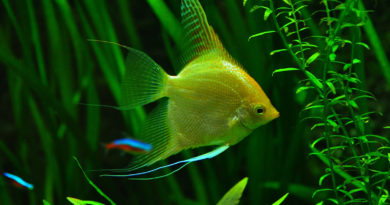
Only wanna input that you have a very decent web site , I the design it really stands out. Fancy Sampson Sidoma